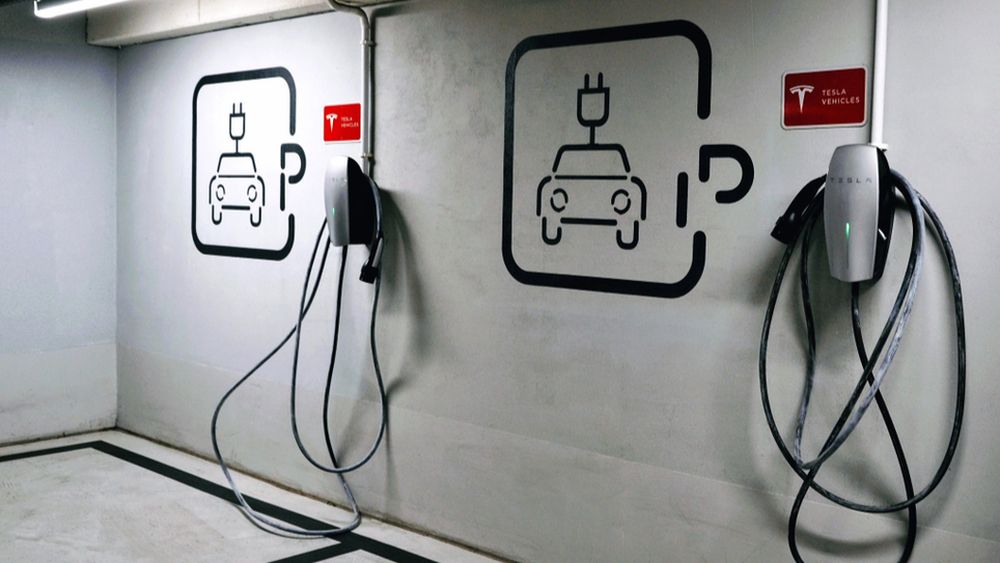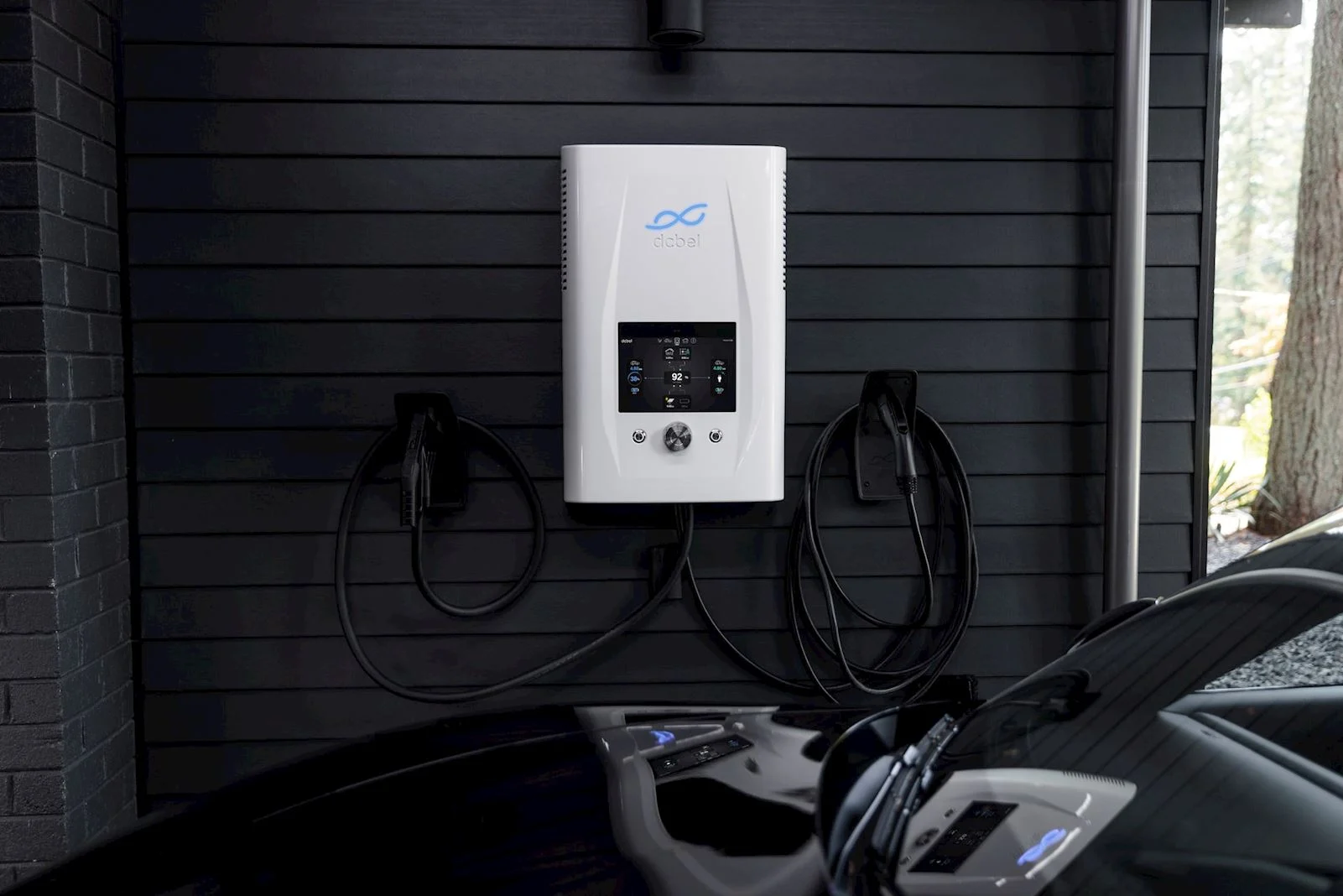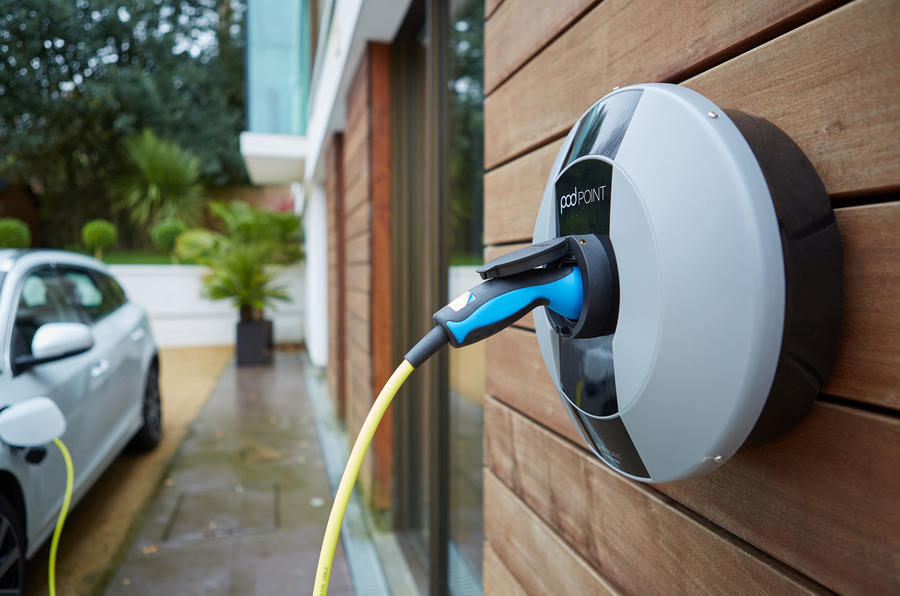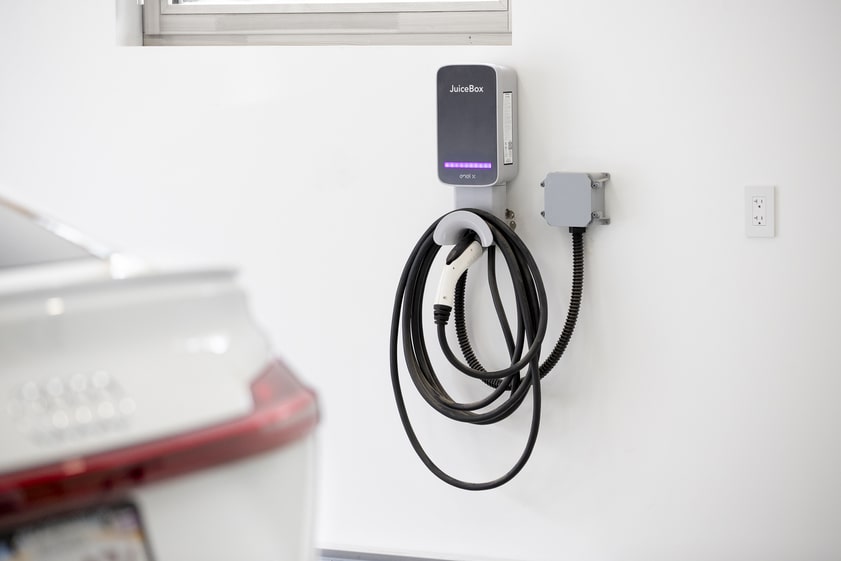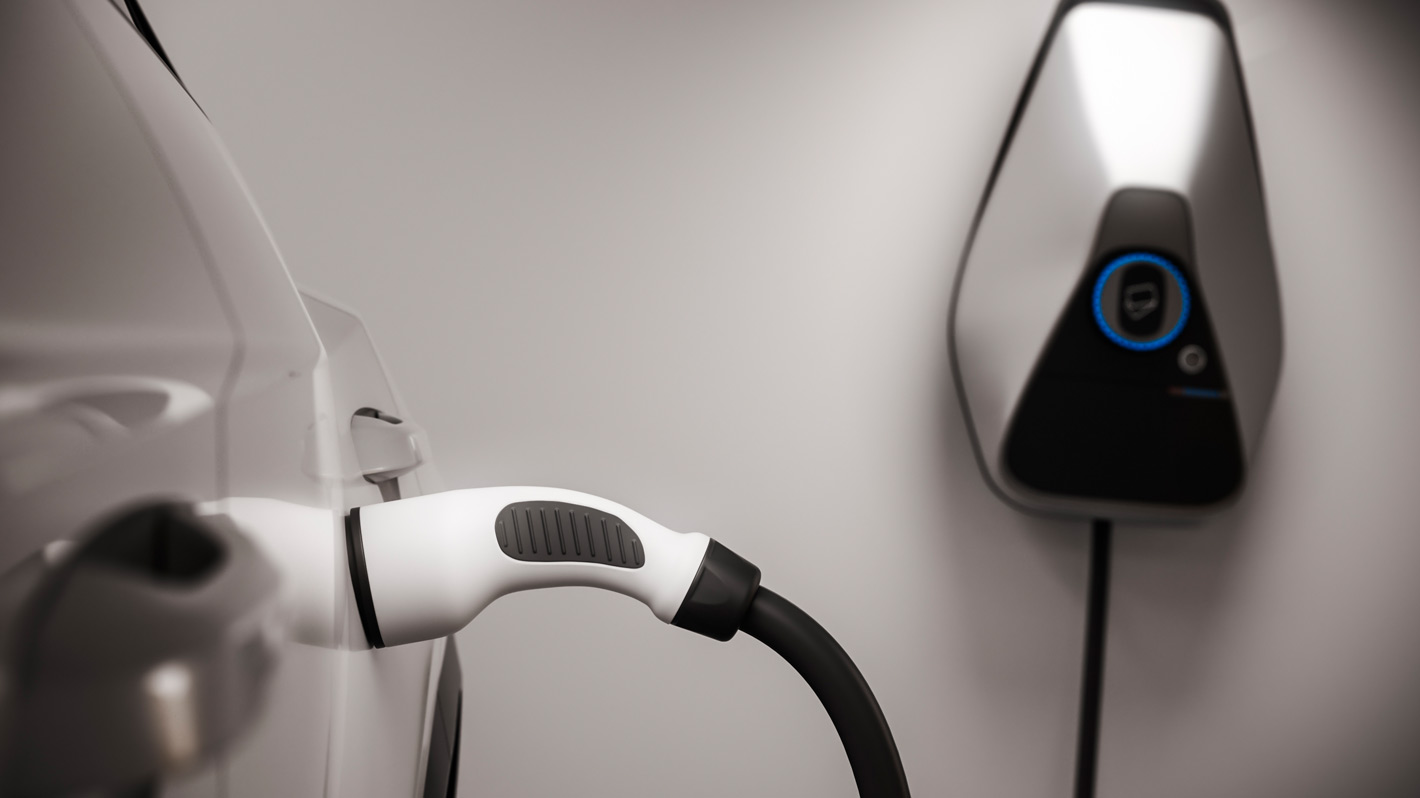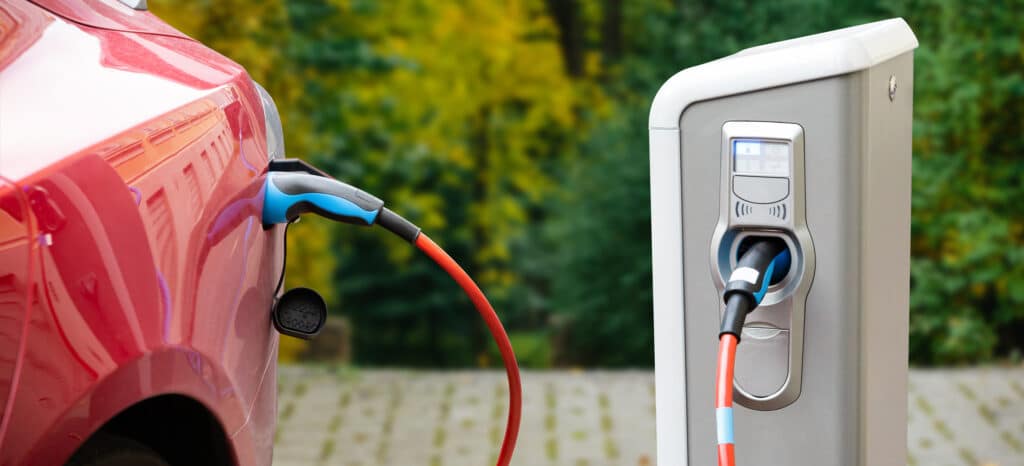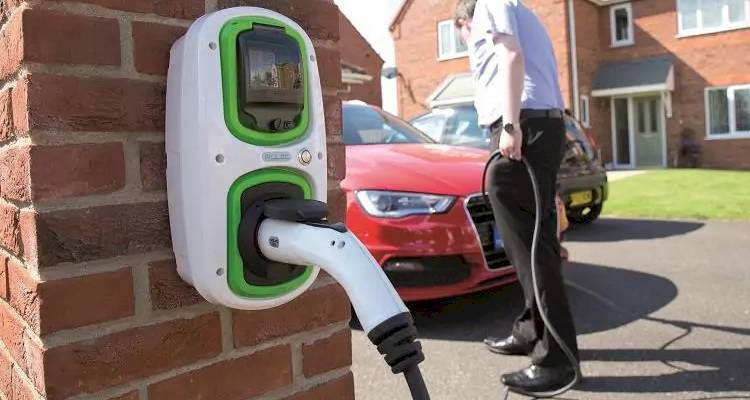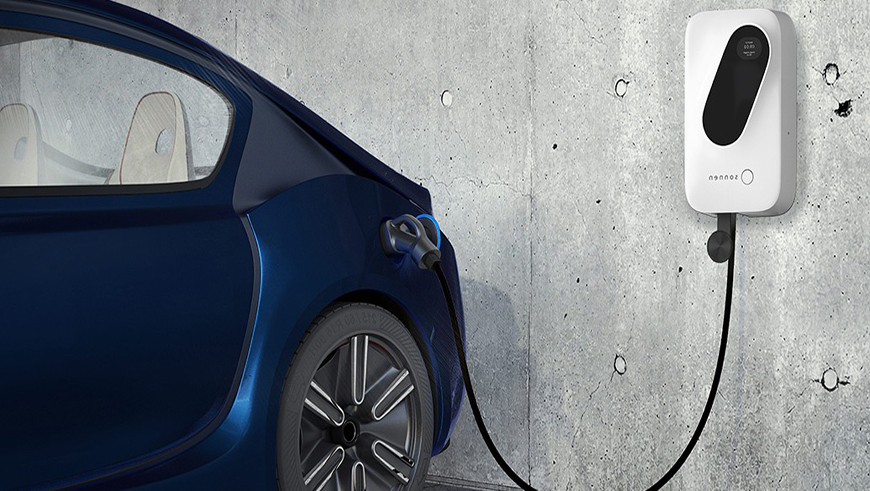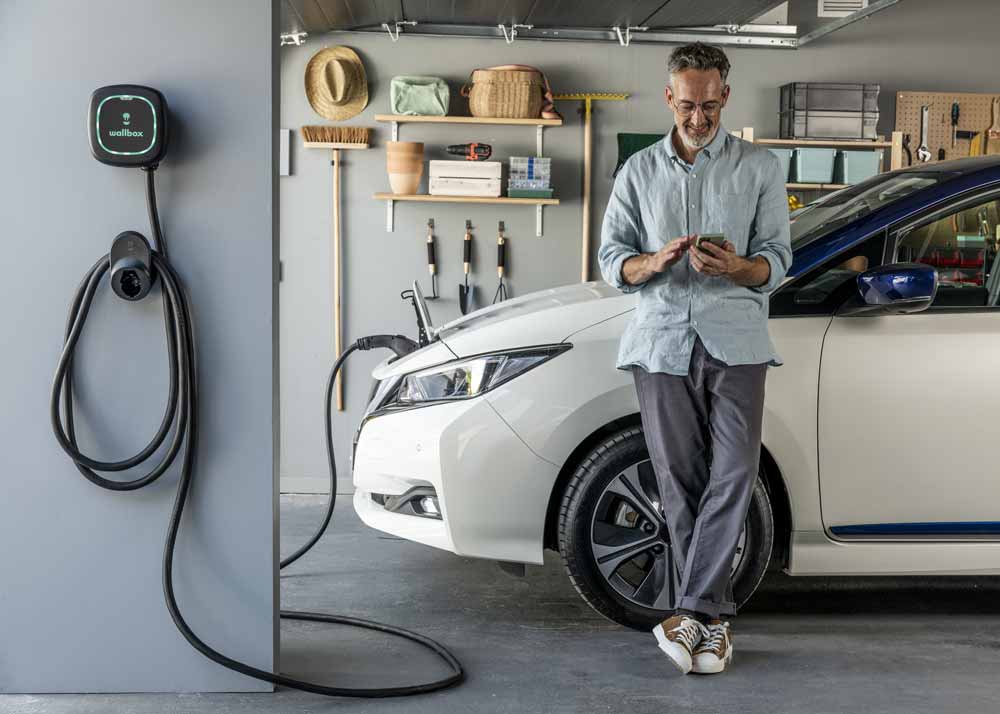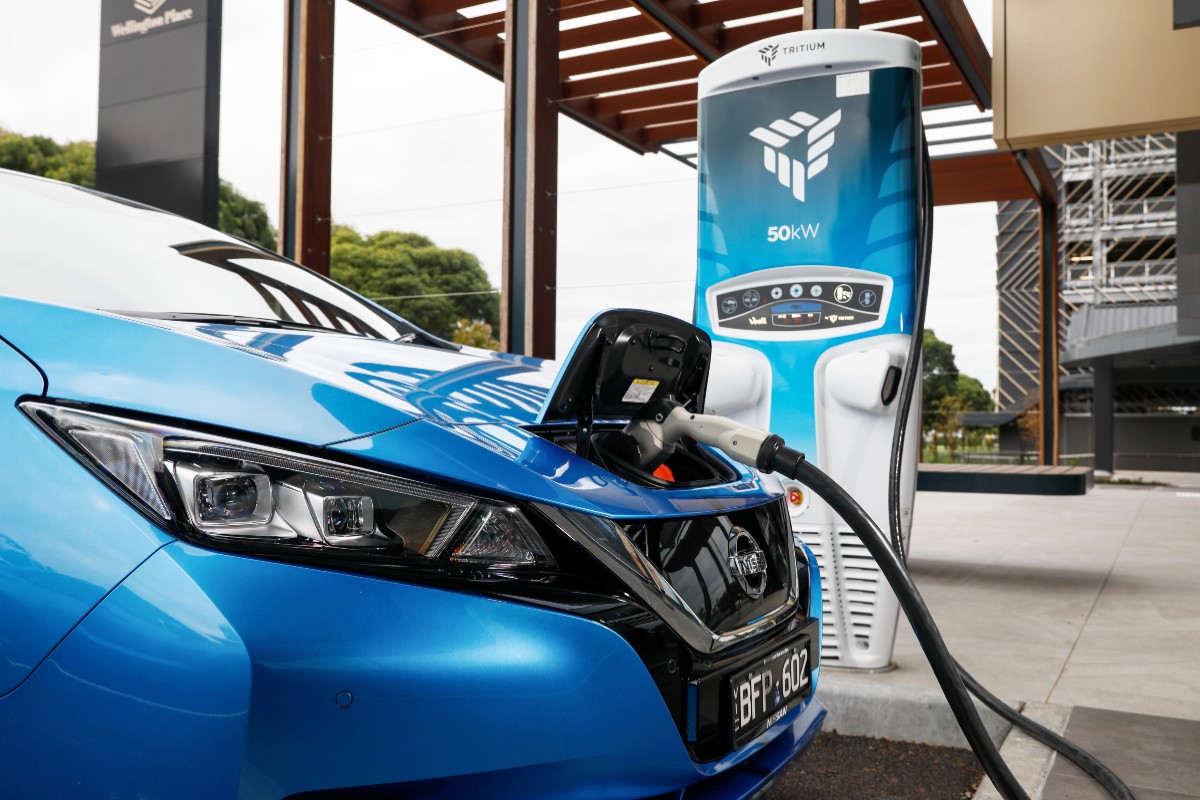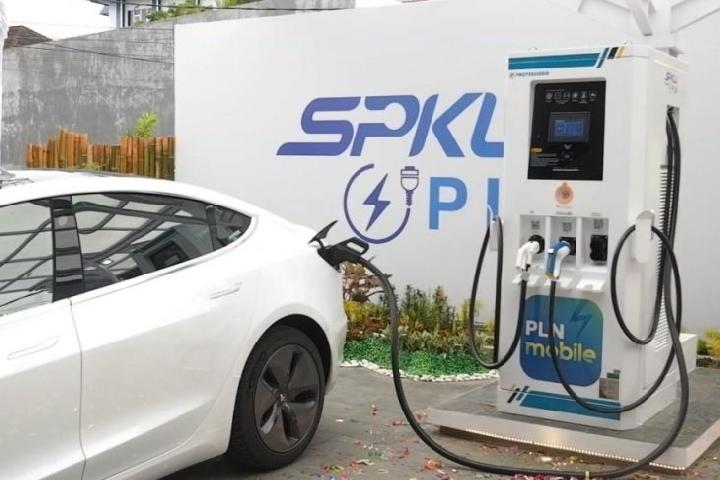Condo Electric Car Charging. The electric vehicle (EV) revolution is gaining momentum, with more and more people making the switch to sustainable transportation. However, for condo dwellers, the transition to an EV can be met with unique challenges, particularly when it comes to charging. In this article, we will explore the ins and outs of condo electric car charging, providing comprehensive information and guidance to help condo residents make informed decisions about EV ownership.
Read too: Exploring the Future of Sustainable Mobility with the New Golf Electric Car: A Comprehensive Review
The Challenges of Condo Electric Car Charging
One of the primary challenges faced by condo residents is the lack of dedicated EV charging infrastructure. Many condo buildings were not designed with EVs in mind, and as a result, may not have the necessary electrical capacity or parking arrangements to accommodate charging stations. Additionally, the cost of installing and maintaining charging stations can be a significant barrier for condo associations and individual residents.
Navigating the Condo Electric Car Charging Landscape
Despite the challenges, there are several options available to condo residents who want to own an EV. Here are some key considerations:
1. Shared Charging Stations:
One potential solution is to work with your condo association to install shared charging stations in the building’s parking garage. This can be a cost-effective option, as the cost of installation and maintenance can be shared among residents. However, it’s important to consider the availability of parking spaces and the potential impact on electricity costs.
2. Individual Charging Stations:
If shared charging stations are not feasible, condo residents may be able to install individual charging stations in their designated parking spaces. This provides greater convenience and control over charging, but it can be a more expensive option. Residents should check with their condo association to obtain the necessary permits and approvals before installing individual charging stations.
3. Public Charging Stations:
For condo residents who do not have access to private charging, public charging stations can be a viable option. However, it’s important to consider the distance to public charging stations, their availability, and charging fees.
The Future of Condo Electric Car Charging
As the demand for EVs continues to grow, it’s likely that we will see increased investment in condo electric car charging infrastructure. Governments and private companies are offering incentives and programs to support the installation of charging stations in multi-unit dwellings. Additionally, technological advancements are making charging stations more affordable and efficient.
Conclusion
While there are challenges to overcome, condo electric car charging is becoming increasingly feasible and accessible. By understanding the available options and working with their condo associations, condo residents can pave the way for a more sustainable and EV-friendly future.
